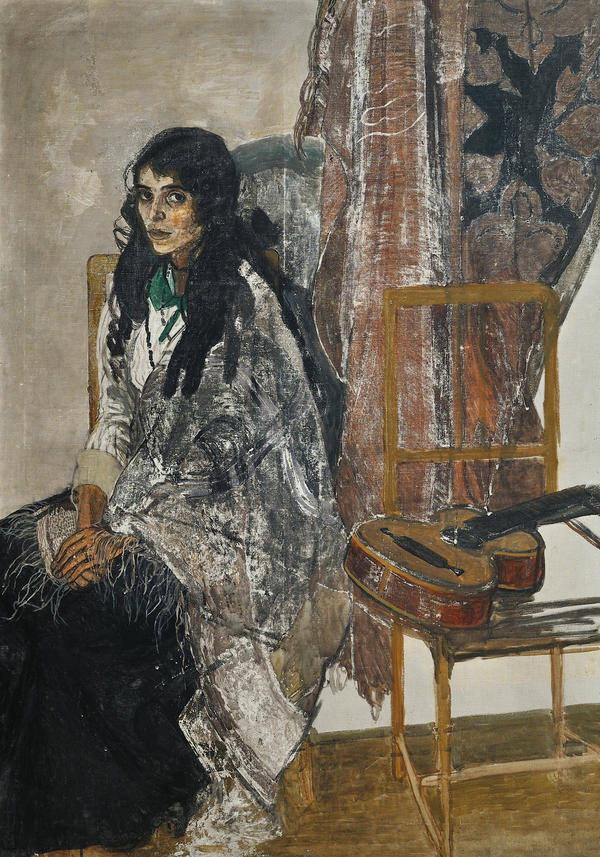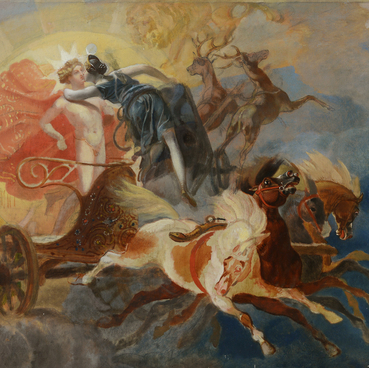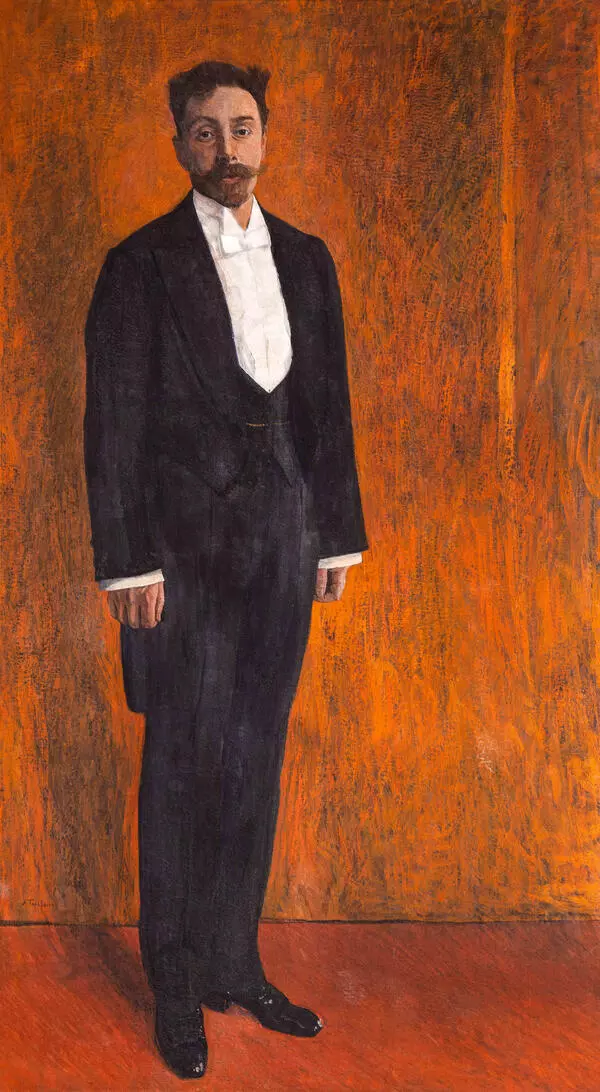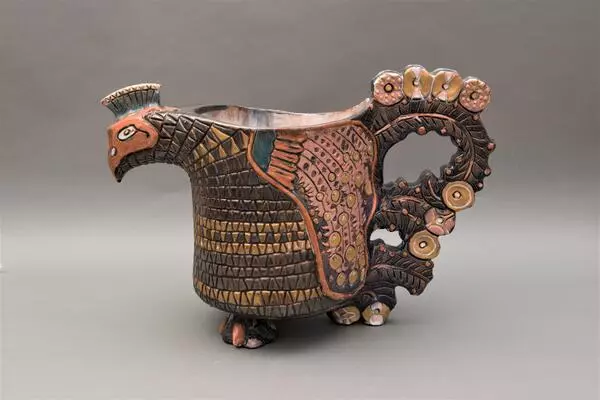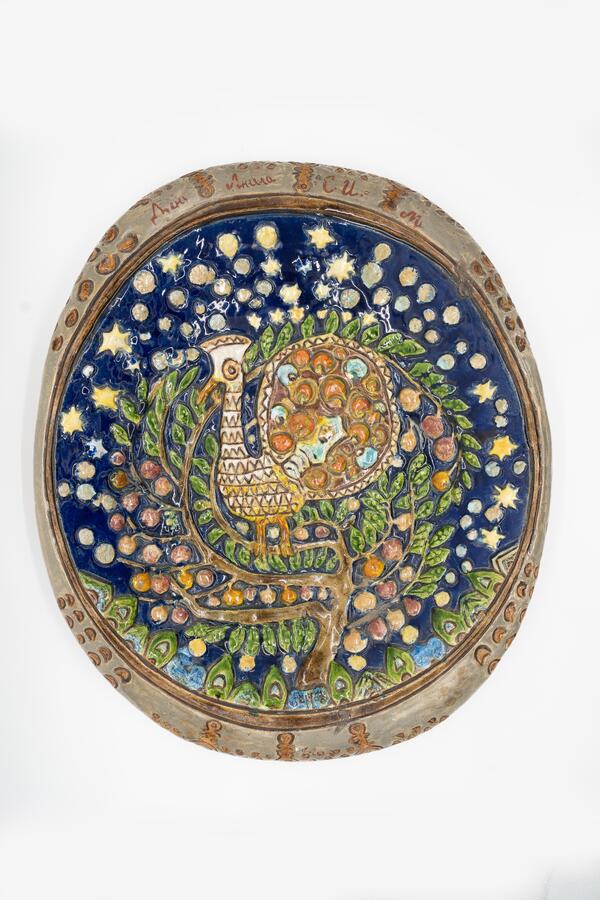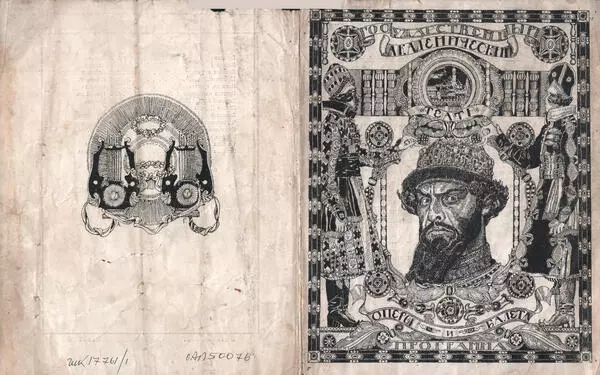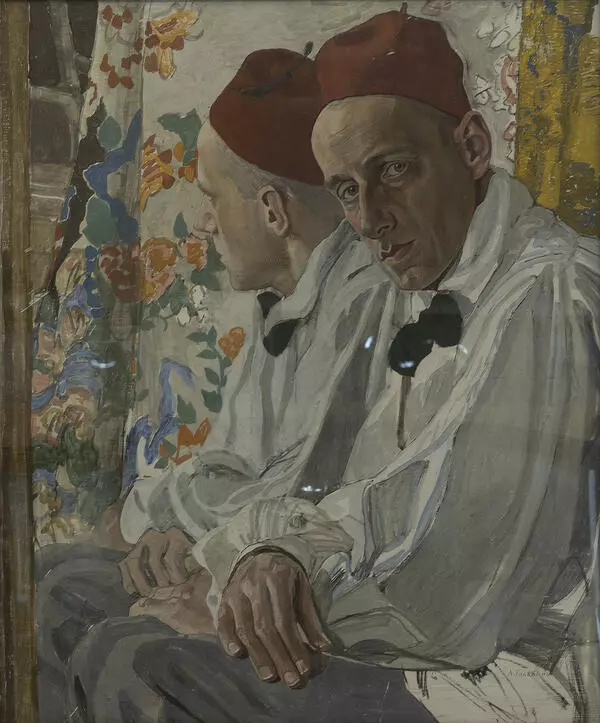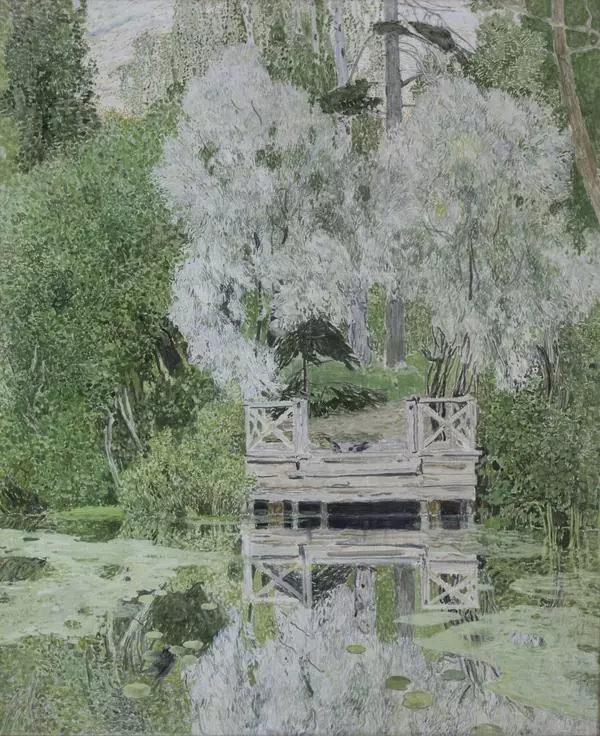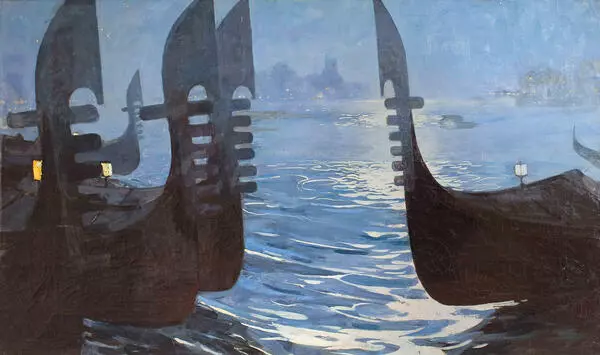Aleksandr GolovIn’s (1863–1930) artworks are multifaceted. The artist’s theatrical works decorated the best plays by VsEvolod MeyerhOld and Sergei DiAghilev, his graphic illustrations were printed in the ‘World of Art’ magazine, and painting lovers appreciated him for his portrait and still life skills. Very quickly he managed to work out his own novel style, its features can be seen in the ‘Gypsy’ from the collection of NovosibIrsk State Art Museum.
It is one of those paintings that are most typical of Aleksandr Golovin. It is distinguished by attention to decorative elements and demonstrates how skilled Golovin was at painting human figures and complex surfaces. In terms of form, the portrait resembles a flat panel, which demonstrates how bold Golovin was: he would often play with the space of the picture.
These new features have appeared in his work mainly due to his experience in designing theatrical productions. The idea of synergy, a balanced combination of various types of art and creation of a Gesamtkunstwerk—total artwork—concerned many artists of the Silver Age. Golovin was no stranger to these trends and was actively taking theatrical aesthetics to painting.
In the theater, the artist presented a truly breakthrough approach to play decorations for productions he worked at. He considered each production to be a complex, multifaceted performance, where every detail has its role. We see the same interplay of lights and colors in the ‘Gypsy’. Even the texture and color of the wall behind the model serve the purpose of stylistic unity.
The painting belongs to a series of works that the art critics poetically call a ‘suite’. Golovin would often sew theatrical costumes using simple affordable fabrics. So he set up a costume room and a dyeing workshop in the MariInsky Theater. Ladies working there would often pose for his portraits—one of them is portrayed in ‘Gypsy.’
It is one of those paintings that are most typical of Aleksandr Golovin. It is distinguished by attention to decorative elements and demonstrates how skilled Golovin was at painting human figures and complex surfaces. In terms of form, the portrait resembles a flat panel, which demonstrates how bold Golovin was: he would often play with the space of the picture.
These new features have appeared in his work mainly due to his experience in designing theatrical productions. The idea of synergy, a balanced combination of various types of art and creation of a Gesamtkunstwerk—total artwork—concerned many artists of the Silver Age. Golovin was no stranger to these trends and was actively taking theatrical aesthetics to painting.
In the theater, the artist presented a truly breakthrough approach to play decorations for productions he worked at. He considered each production to be a complex, multifaceted performance, where every detail has its role. We see the same interplay of lights and colors in the ‘Gypsy’. Even the texture and color of the wall behind the model serve the purpose of stylistic unity.
The painting belongs to a series of works that the art critics poetically call a ‘suite’. Golovin would often sew theatrical costumes using simple affordable fabrics. So he set up a costume room and a dyeing workshop in the MariInsky Theater. Ladies working there would often pose for his portraits—one of them is portrayed in ‘Gypsy.’
